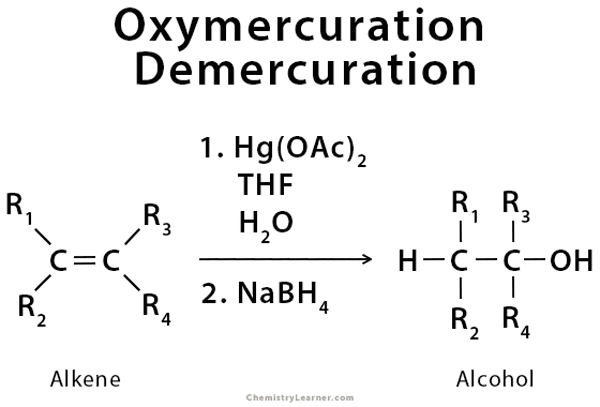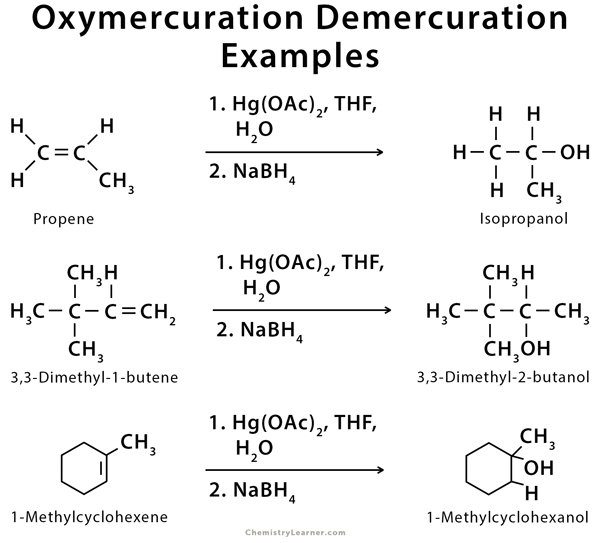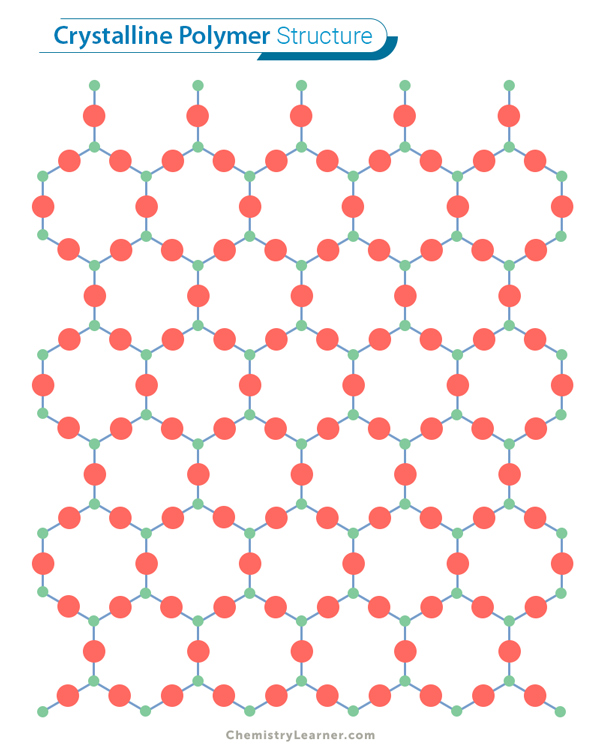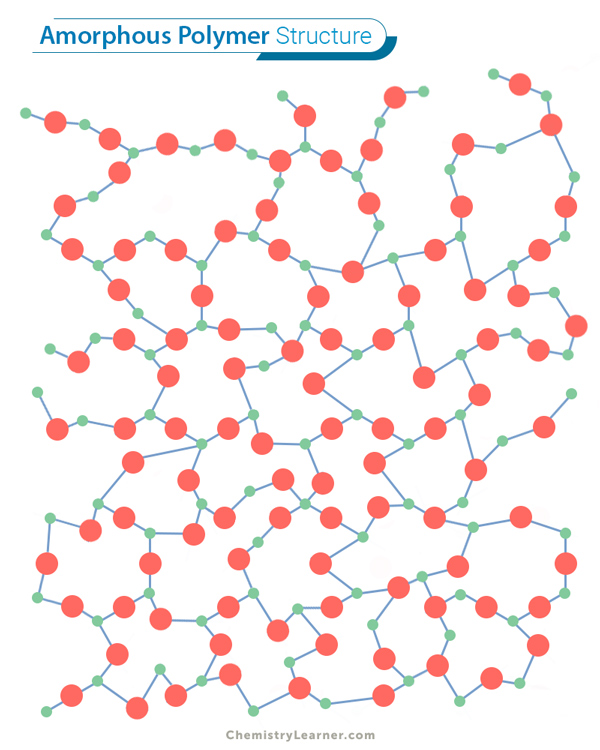Oxymercuration Demercuration
Definition: What is Oxymercuration Demercuration?
Oxymercuration demercuration is an addition reaction that can be used to turn an alkene into alcohol. In this reaction, an alkene reacts with mercury (II) acetate (Hg(OAc)2) in aqueous THF, followed by reduction with sodium borohydride (NaBH4). The reaction is not stereoselective and not subject to rearrangements, as the intermediate is not a carbocation but a mercurinium ion instead. The mechanism follows Markovnikov’s rule of regioselectivity, with the OH group attached to the most substituted carbon, and the H is attached to the least substituted carbon [1-5].
Gibbs and William P. Weber reported this reaction in a journal in 1971.
Examples of Oxymercuration Demercuration
Oxymercuration demercuration can be used for both straight-chained and cyclic alkenes [2-4].
Mechanism of Oxymercuration Demercuration
This reaction involves mercury from mercury acetate acting as a reagent attacking the alkene double bond to form a mercurinium ion bridge. A water molecule will then attack the most substituted carbon to open the mercurinium ion bridge resulting in an oxonium. It is followed by deprotonation by the base acetate ion and, finally, demercuration by sodium borohydride to form the desired alcohol product [4-7].
References
- Definition – Chem.libretexts.org
- Definition and example – Chem.ucla.edu
- Definition and example – Cureffi.org
- Definition, example, and mechanism – Chadsprep.com
- Definition and mechanism – Chemistrysteps.com
- Mechanism – Chem.ucalgary.ca
- Mechanism – Leah4sci.com








I didn’t understand the mechanism above
We have updated the text to include the basic idea of the mechanism. However, the mechanism image is quite self-explanatory.